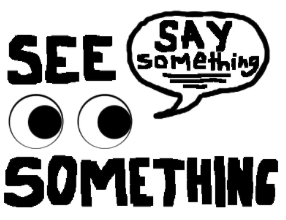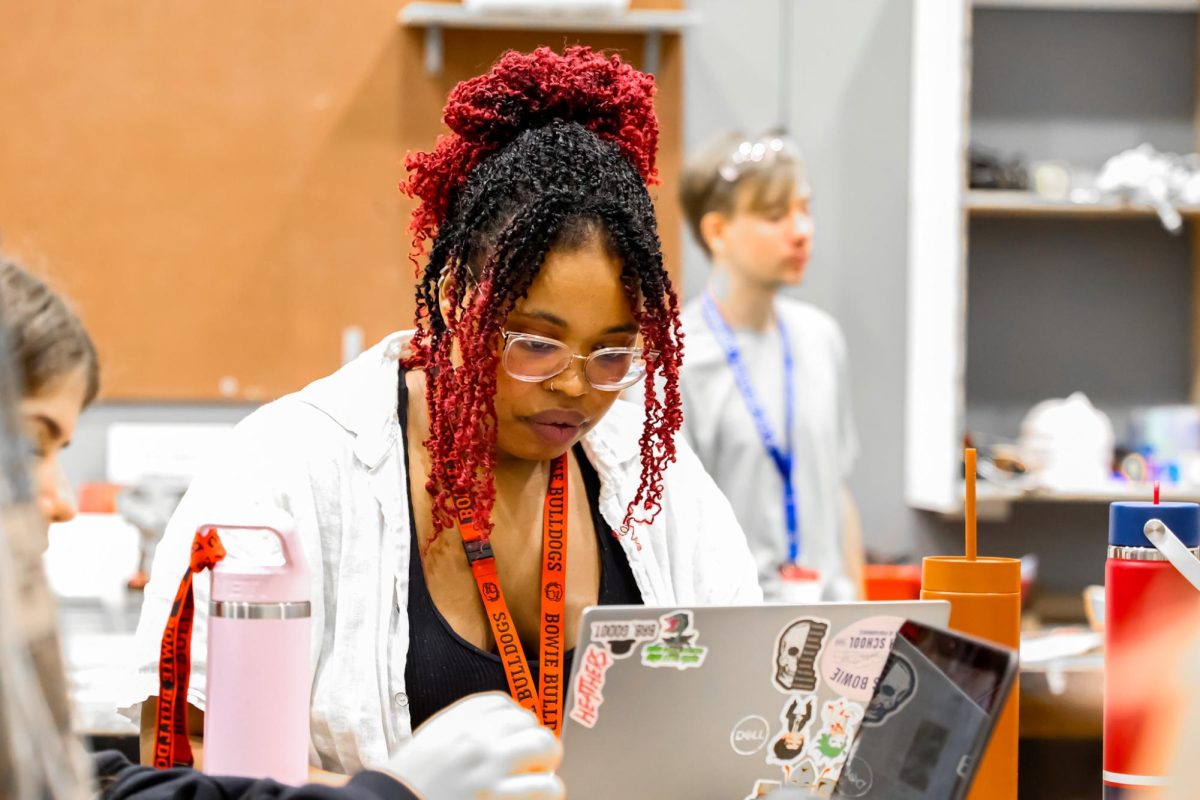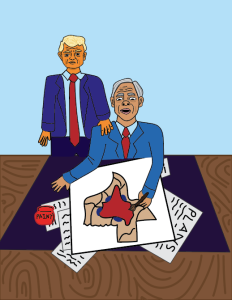Women’s rights are human rights
March 10, 2017
The day after the inauguration of the President of the United States, thousands of individuals across the state packed together, marching towards the Capitol, chanting phrases and demonstrating their rights.
On Saturday, Jan. 21, the streets of downtown Austin accumulated with a diverse and enormous crowd of more than 50,000 people. Individuals of all age, race, and gender joined in unison to express one main message: women’s rights are human rights.
“It was amazing to see so many people gathered for the same cause that we all passionately believe in,” sophomore Bella Lufschanowski said. “Democracy is a system of government based entirely on the people, and to actively participate in something so peaceful and large-scale is important for everyone who really believes in something.”
After the election results, a Facebook event page was posted about the march in response to the march in Washington developing. Through the power of social media connections, a local committee came together and worked tirelessly for over six weeks to prepare for the event.
“I think that we showed people all across the state of Texas and, indeed, the world, that we are not alone in this,” lead organizer Melissa Fiero said. “I think it sent the message, loud and clear, and we will not allow our rights to be diminished.”
Marchers gathered around the Capitol at noon, walked down Congress Ave., and looped back. As they strolled and held up signs, many cheered empowering phrases such as “no Trump, no KKK, no fascist USA” and “my body, my choice.”, “her body, her choice.”,
Although students came together for similar beliefs, their reasons were personal and varied.
“This is my way of supporting a cause Trump brushed under the rug: women’s rights. I march for my mother, who has had her fair share of complications related to pregnancies. I march for my aunt, who battled breast cancer. I march for the queer and transgender women in my life,” senior Jake Anderson said.
The march in Austin was only one of more than 670 sister marches across the globe, which included cities such as London, Paris and Berlin. Other cities who partook in the protest in the United States were Washington, Los Angeles, Chicago, and Manhattan.
“I decided to join the march in Washington because the fact that I wasn’t so far away from our federal government felt like my voice was heard more clearly then if I was in Austin,” freshman Katie Holmes said. “It made me feel amazing and empowered to speak up for my beliefs.”
Despite how peaceful and positive the marches were, a few did not show up due to fear of violence. For instance, freshman Ellie Coulston was not allowed to attend the march in Washington.
“The previous day was the inauguration for Trump and there were some protesters that were hurt, and my parents didn’t want to take the risk of getting hurt” Coulston said.
The marches have estimated to be the biggest protest in US history in which about 2.9 million people across the globe participated. For the state of Texas, the march broke the record for largest gathering in the state’s history.
“Throughout history, there has been a repetitive theme of protest and progress regarding a range of issues,” junior Grace Widner said. “It is still important to recognize that our government is first and foremost of the people, by the people, and for the people, granting us the right to challenge ideas we don’t agree with.”









